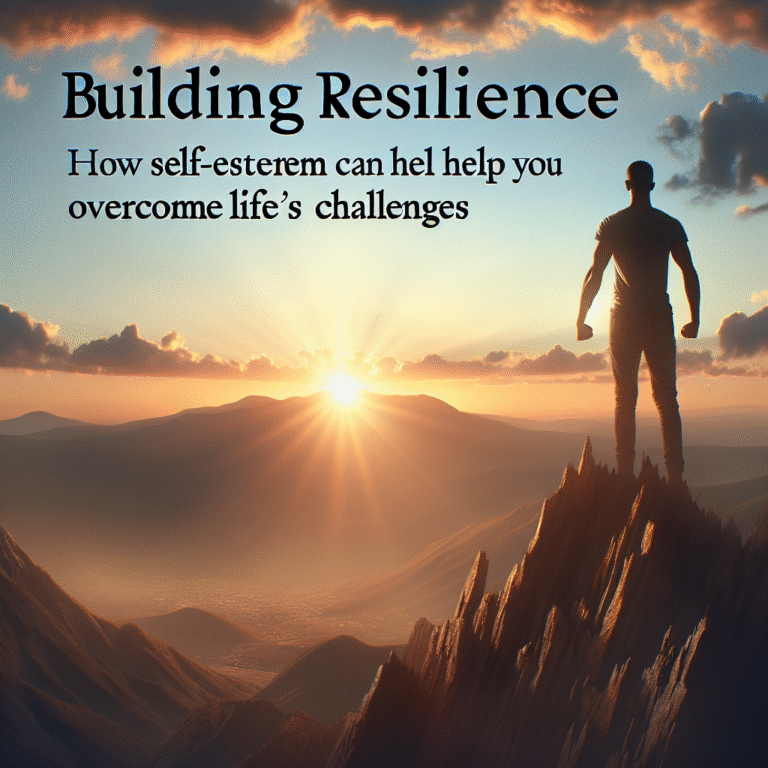
Introduction
Imagine entering a relationship brimming with potential, only to find yourself stuck in patterns that repeat like an echo. Why is it that some relationships flourish while others wither? Understanding the answer lies in unlocking the secrets of attachment styles: how they shape your love life. Attachment theory, which originated in the mid-20th century, has revealed profound insights into how our early relationships influence our romantic connections. In this article, we will dive deep into the nuances of attachment styles, explore their implications, and offer insights for healthier, more fulfilling love lives.
Understanding Attachment Styles
Attachment styles describe the ways people emotionally bond and interact with their partners. There are four primary attachment styles: secure, anxious, avoidant, and disorganized. Each style affects how you perceive relationships, react to intimacy, and respond to conflict.
Secure Attachment Style
Individuals with a secure attachment style are comfortable with intimacy. They trust their partners, communicate openly, and are generally warm and loving. They can manage their emotional responses effectively and are capable of providing support and seeking support when needed.
Case Study: Anna and Mark
Anna and Mark have been together for three years. Both have secure attachment styles, which allows them to communicate their feelings openly. During conflicts, they discuss their disagreements without fear and find mutually satisfying solutions. This secure base enables them to explore their individual interests while feeling safe in their relationship.
Analysis: Anna and Mark’s dynamic illustrates the benefits of a secure attachment style, which fosters trust and effective communication. This stability leads to a healthy and nourished love life.
Anxious Attachment Style
People with an anxious attachment style often crave closeness but fear abandonment. They may come off as clingy or overly dependent on their partners for emotional support. Their heightened sensitivity to relationship dynamics can create cycles of anxiety and reassurance-seeking behaviors.
Case Study: Lucy and Jason
Lucy often worries about the stability of her relationship with Jason. Despite Jason’s reassurances, Lucy’s anxious attachment leads her to question his feelings. She often finds herself over-analyzing their texts or interactions, leading to misunderstandings and unwarranted conflicts.
Analysis: Lucy’s experience highlights the challenges of an anxious attachment style, emphasizing how insecurity can disrupt communication and strain the relationship.
Avoidant Attachment Style
Those with an avoidant attachment style typically value independence and may view emotional closeness as a threat. They often prioritize self-sufficiency over intimacy, leading to distance and a lack of emotional connection in their relationships.
Case Study: Tom and Sarah
Tom tends to keep Sarah at an emotional arm’s length, prioritizing his own space and autonomy. While he enjoys her company, he often avoids deep conversations, which frustrates Sarah, who yearns for greater connection. This creates tension and misunderstanding in their relationship.
Analysis: Tom’s avoidant behavior illuminates the complexities of love marked by emotional distance. Navigating relationships with avoidant individuals requires patience and understanding.
Disorganized Attachment Style
The disorganized attachment style is characterized by a mix of anxious and avoidant behaviors. Individuals may desire closeness but also fear it, leading to erratic relationship patterns and emotional volatility.
Case Study: Claire and Mike
Claire’s relationship with Mike often swings between extreme closeness and unexpected withdrawal. Claire’s disorganized style results in conflicting emotions, which confuse Mike and create instability in their relationship.
Analysis: Claire and Mike’s story showcases the chaos that can arise from disorganized attachment. Their struggle serves as a reminder of the importance of awareness and targeted strategies for improvement.
How Attachment Styles Influence Love Life
Now that we’ve explored the attachment styles themselves, let’s delve deeper into how these patterns manifest in love lives, shaping behaviors, choices, and the overall quality of relationships.
Communication Styles
Understanding your attachment style can greatly enhance your communication skills. Secure individuals tend to express their feelings openly, while anxious partners might struggle to articulate their needs, leading to misunderstandings. Avoidant individuals may shy away from emotional discussions altogether.
Conflict Resolution
Your attachment style informs your approach to conflict. Securely attached individuals tend to handle disagreements constructively, while those with anxious or avoidant styles might engage in destructive behaviors, like withdrawal or excessive reassurance-seeking.
Relationship Choices
Your attachment style also impacts the partners you are drawn to. Anxious individuals may gravitate toward avoidant partners due to their elusive nature, creating an unstable dynamic. Recognizing these patterns allows individuals to make more informed, healthier choices in their love lives.
The Interplay of Styles
When people with different attachment styles enter into a relationship, the dynamics can become complicated. For instance, an anxious partner may create pressure that triggers the avoidant partner’s defensive mechanisms. Understanding these interactions can foster empathy and stronger connection.
Enhancing Your Love Life Through Self-Understanding
Recognizing your own attachment style is the first step in transforming your relationships. Here are actionable strategies to help you make progress in your love life:
1. Self-Awareness
Take time to reflect on your attachment style. Journaling or discussing your relational patterns with a trusted friend can provide clarity and insight.
2. Open Communication
Engage in open dialogues with your partner about your respective attachment styles. Share your insights and how they may influence behaviors within the relationship.
3. Seek Professional Support
Consider seeking the help of a therapist specializing in attachment theory. They can provide expert guidance tailored to your unique situation.
4. Practice Vulnerability
Allow yourself to be vulnerable with your partner. This is a crucial element in fostering a deeper emotional connection and enhancing trust.
5. Build Trust Gradually
Whether you are healing from an anxious or avoidant pattern, building trust takes time. Be patient with yourself and your partner as you work through these dynamics together.
Conclusion
Unlocking the secrets of attachment styles: how they shape your love life offers profound insights into the dynamics of relationships. Understanding these styles allows individuals to recognize unhealthy patterns, enhancing both self-awareness and intimate connections. By embracing the journey of self-improvement, communicating openly, and seeking supportive resources, you can transform your love life into a more satisfying and fulfilling experience.
FAQs
1. What are attachment styles?
Attachment styles are patterns of behavior in relationships developed from early caregiver experiences. They influence how individuals connect, communicate, and resolve conflicts in romantic relationships.
2. How can I identify my attachment style?
Reflecting on past relationships, considering how you respond to closeness and conflict, and taking attachment style quizzes can provide insights into your style.
3. Can attachment styles change?
Yes, with self-awareness, reflection, and effort, individuals can develop healthier attachment styles over time.
4. How do different attachment styles interact?
Different attachment styles can create friction in relationships. For example, an anxious partner may trigger an avoidant partner’s need for distance.
5. What steps can I take to improve my attachment style?
Increasing self-awareness, practicing vulnerability, engaging in open communication, and seeking professional guidance can help individuals reshape their attachment styles for healthier relationships.
By delving deep into the secrets of attachment styles, you are not only investing in your current relationship but also cultivating a future where love is more genuine, fulfilling, and resilient. Engage with these insights, explore your emotions, and see the transformative effects unfold in your love life.











